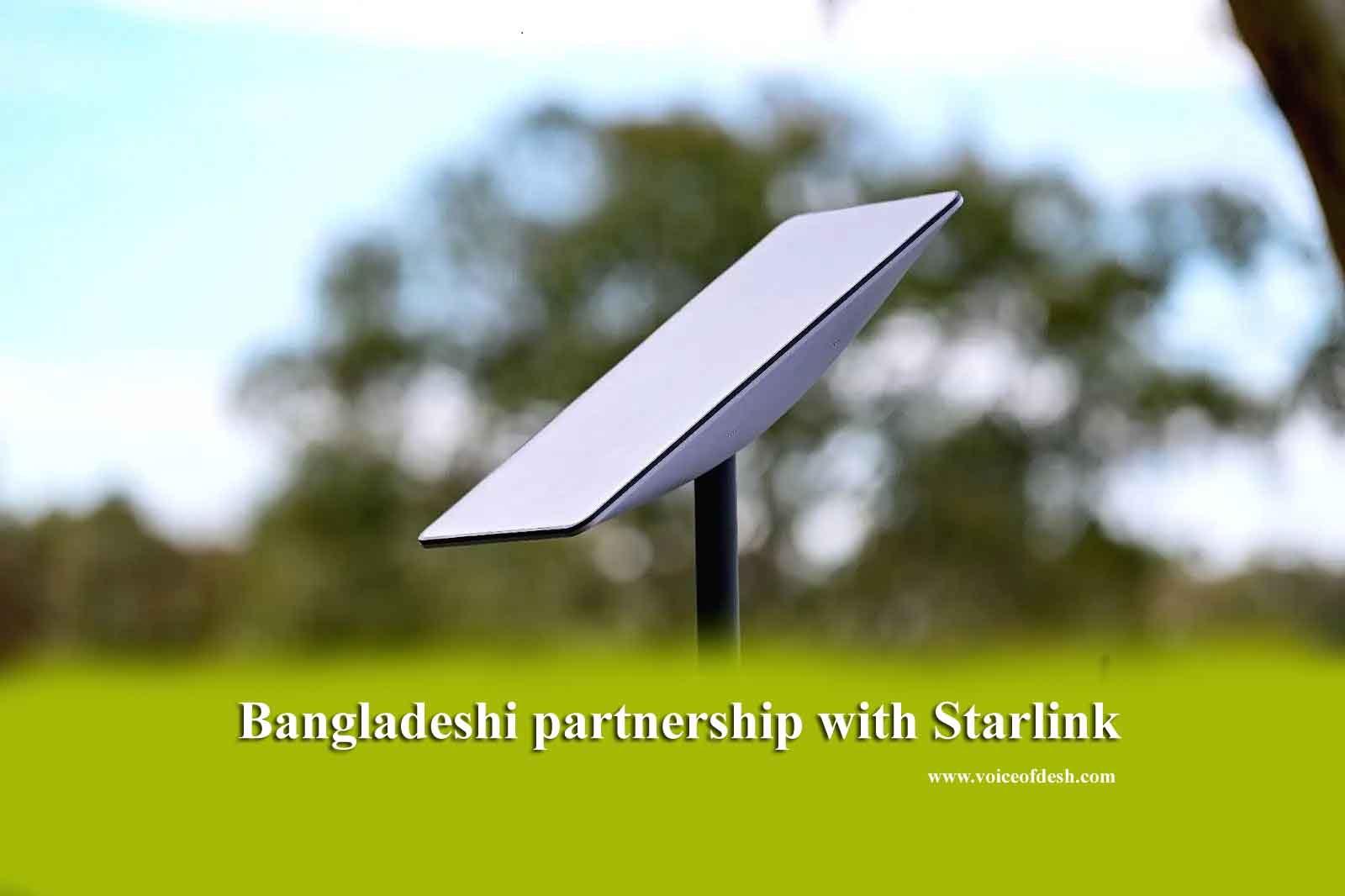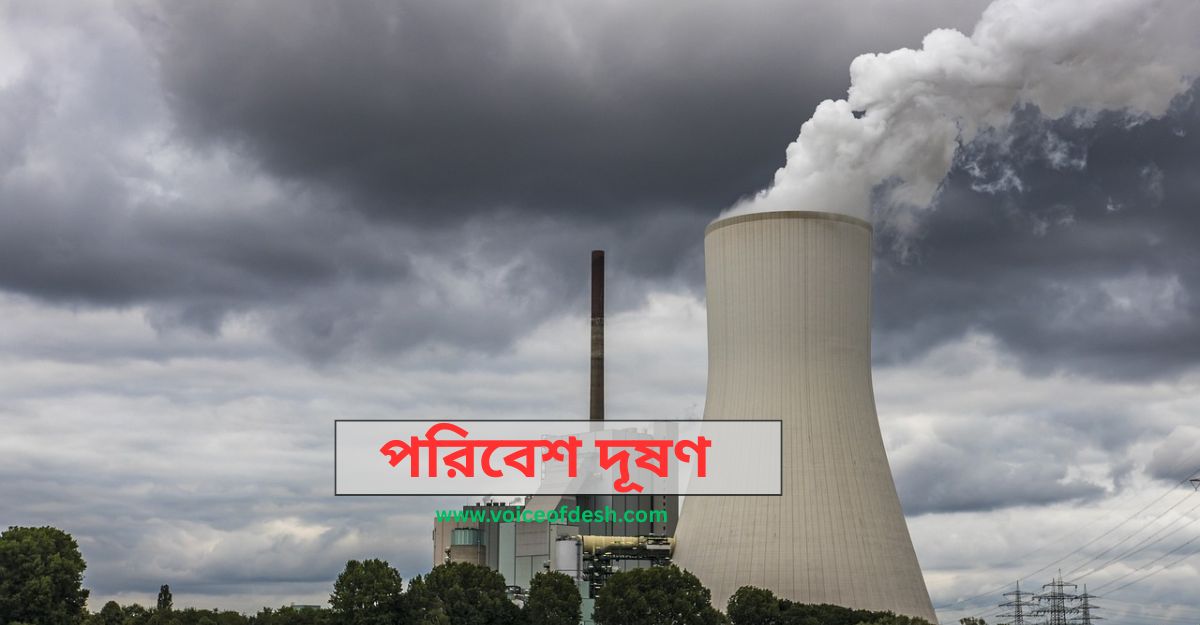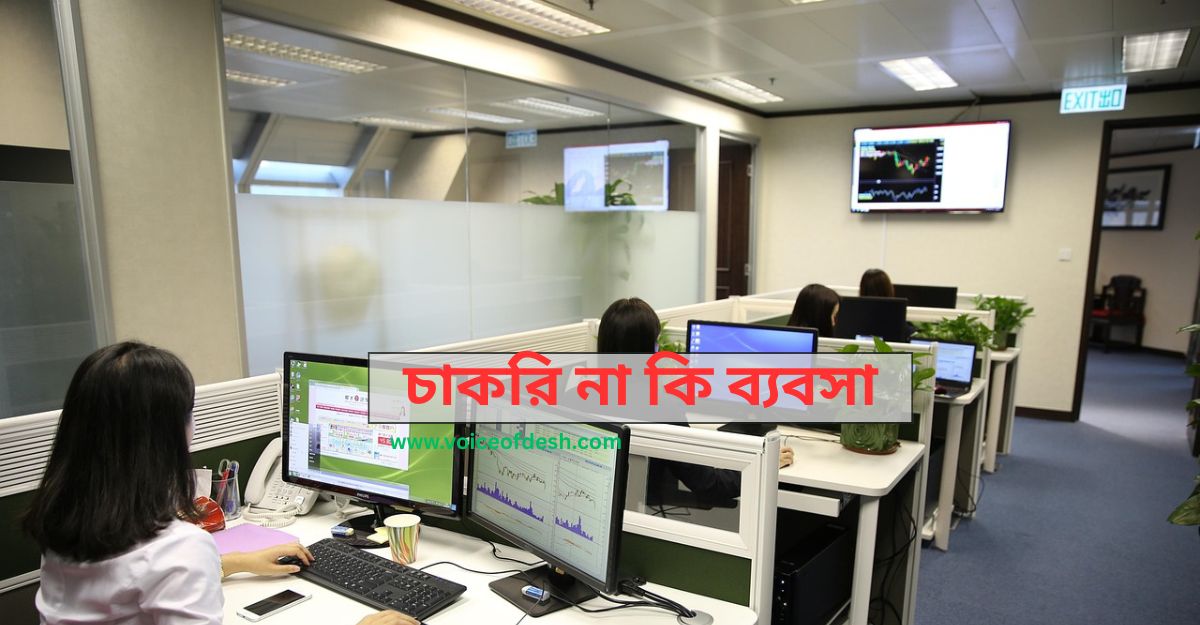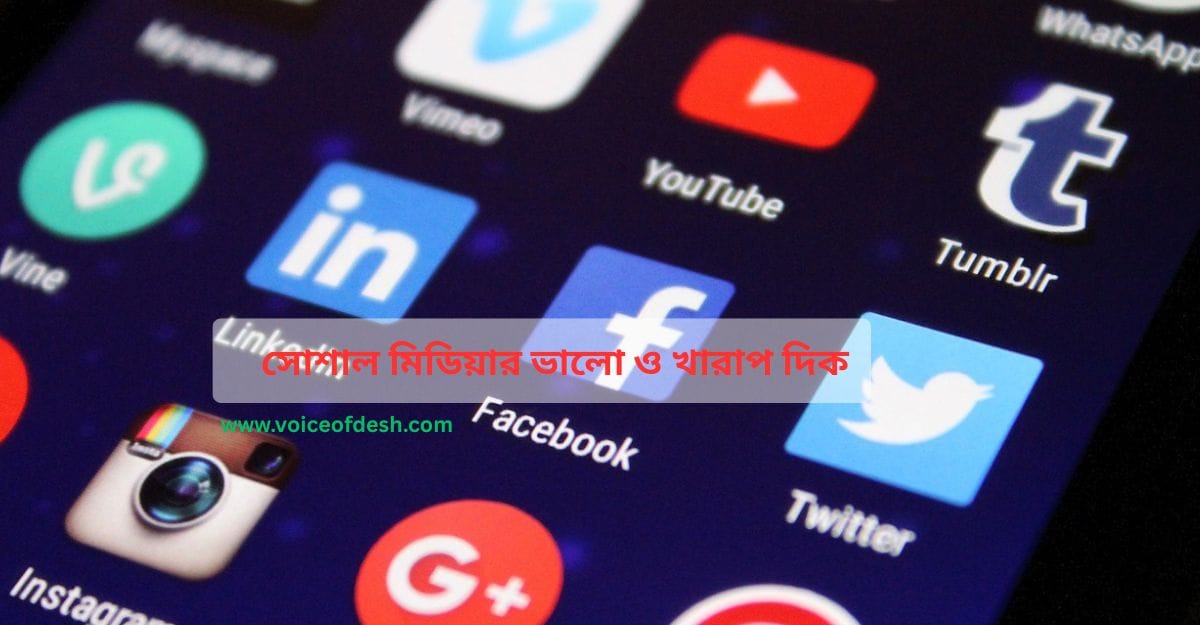Bangladeshi Partnership with Starlink: A Leap Toward Nationwide Connectivity
In an era where digital connectivity drives economic growth, education, and governance, Bangladesh is taking a significant step forward by forging a partnership with Starlink, the satellite internet service operated by SpaceX. This collaboration marks a pivotal moment in Bangladesh’s journey toward achieving universal and high-speed internet access, particularly for its underserved and remote communities. As the country rapidly moves toward becoming a “Smart Bangladesh” by 2041, the integration of Starlink’s advanced satellite technology could prove to be a game-changer in bridging the digital divide.
Background: Bangladesh’s Digital Landscape
Bangladesh has made remarkable strides in digital transformation over the past two decades. Government initiatives such as “Digital Bangladesh” have expanded internet penetration, increasing access to information and digital services. However, despite these advancements, rural areas still struggle with inadequate connectivity due to infrastructure limitations and high costs associated with fiber-optic and mobile broadband networks.
The challenges in Bangladesh’s internet landscape include:
Limited Infrastructure: Many regions lack reliable broadband connections.
High Costs: Internet services remain expensive for lower-income communities.
Frequent Disruptions: Natural disasters often damage terrestrial networks.
Unequal Access: Urban areas enjoy better connectivity than rural regions.
The introduction of Starlink’s satellite-based broadband aims to tackle these challenges and ensure uninterrupted, high-speed internet nationwide.
What is Starlink?
Starlink, a project by Elon Musk’s SpaceX, provides internet connectivity through a constellation of low-Earth orbit (LEO) satellites. Unlike traditional geostationary satellites, which orbit at an altitude of 35,000 km, Starlink satellites operate at around 550 km, significantly reducing latency and improving internet speed.
Key Features of Starlink:
Global Coverage: Designed to provide connectivity in remote and rural areas worldwide.
Low Latency: Ideal for real-time applications like video calls and online gaming.
High-Speed Internet: Offers speeds between 50 Mbps and 250 Mbps, with premium options reaching up to 1 Gbps.
Self-Installation: Comes with a compact dish and router, requiring minimal setup.
By leveraging this cutting-edge technology, Bangladesh can overcome its digital infrastructure limitations and expand its internet network to the farthest corners of the country.
Bangladesh’s Partnership with Starlink
The Bangladeshi government has recognized Starlink’s potential to enhance nationwide connectivity and is actively working on an official partnership agreement. In March 2025, interim government leader Muhammad Yunus announced that a deal with Starlink was expected within three months. The agreement is expected to prioritize rural internet access, disaster-resilient communication networks, and enhanced connectivity for essential services such as healthcare and education.
Key Developments:Commercial Agreement in Progress: Negotiations between Bangladesh and SpaceX are underway to finalize terms for Starlink’s entry into the market.
Establishment of Ground Stations: Several Bangladeshi companies have signed agreements to support the construction of ground earth stations.
BSCL’s Role: The Bangladesh Satellite Company Limited (BSCL) aims to collaborate with Starlink to facilitate operations and regulatory approvals.
Once formalized, this partnership will enable Bangladesh to extend high-speed internet access to millions who remain disconnected from the digital world.
How Starlink Will Benefit Bangladesh
The impact of Starlink in Bangladesh is expected to be transformative, affecting various sectors and communities:
1. Bridging the Digital DivideRural connectivity: Villages, islands, and hilly areas that lack broadband infrastructure will gain internet access.
Education: Schools in remote areas will be able to implement e-learning programs more effectively.
Entrepreneurship: Digital businesses, freelancers, and startups will thrive with improved internet reliability.
2. Disaster Resilience and Emergency CommunicationReliable connectivity: Bangladesh is prone to cyclones, floods, and other natural disasters. Starlink’s satellite network will provide uninterrupted communication during emergencies.
Disaster recovery support: Government agencies and NGOs can use Starlink for real-time disaster response coordination.
3. Economic Growth and Investment OpportunitiesAttracting foreign investment: Improved internet infrastructure will make Bangladesh a more attractive destination for tech companies and global investors.
Job creation: New opportunities will emerge in the telecom, IT, and logistics sectors.
Expansion of e-commerce: Reliable connectivity will support online businesses and digital transactions, boosting the local economy.
4. Enhanced Public Services and HealthcareTelemedicine: Starlink will enable remote healthcare services, allowing patients in rural areas to consult with doctors online.
E-Governance: Government services will become more efficient and accessible via digital platforms.
Smart infrastructure: Internet connectivity will support smart city initiatives, improving transportation, security, and public administration.
Challenges and Considerations
While the Starlink-Bangladesh partnership presents a host of benefits, some challenges need to be addressed:
Cost of Service: The current cost of Starlink equipment (around $499 for the dish and router) and monthly fees (around $99-$120) may be too high for many rural households.
Regulatory Approvals: The Bangladeshi government will need to finalize licensing, spectrum allocation, and import regulations for Starlink’s operations.
Competition with Local ISPs: Traditional telecom providers may view Starlink as a competitor, potentially leading to resistance from industry stakeholders.
Technical Maintenance: Ensuring the smooth operation of satellite internet in Bangladesh’s diverse climate conditions will require ongoing technical support.
Despite these hurdles, strategic planning, government incentives, and subsidy programs could make Starlink more accessible and affordable for the masses.
Bangladeshi partnership with Starlink
Bangladesh is actively pursuing a partnership with SpaceX’s Starlink to enhance internet connectivity across the nation. Interim leader Muhammad Yunus announced on March 25, 2025, that a commercial agreement is expected within three months. This initiative aims to provide reliable internet services, ensuring uninterrupted access even during political instability.
In preparation, several Bangladeshi firms have signed agreements with Starlink to establish ground earth stations. These collaborations involve space allocation, construction support, and ongoing infrastructure maintenance. Discussions are ongoing regarding site selection, with some firms offering their own properties and others considering the use of government-owned Hi-Tech Park facilities.
Additionally, the state-run Bangladesh Satellite Company Limited (BSCL) is seeking a partnership with Starlink to expedite the service’s entry into the country. BSCL aims to have satellite internet providers route through its ground stations, leveraging existing infrastructure to facilitate Starlink’s operations.
These efforts reflect Bangladesh’s commitment to integrating advanced satellite internet services, which could significantly benefit remote and underserved regions by providing high-speed, reliable connectivity.
Starlink is a satellite internet service operated by SpaceX, designed to provide high-speed broadband internet to underserved and remote areas worldwide. It works by deploying a constellation of low Earth orbit (LEO) satellites that communicate with ground stations and user terminals (dish antennas).
Key Features of Starlink:
Global Coverage: Particularly beneficial for rural and remote locations with limited broadband access.
High-Speed Internet: Offers speeds ranging from 50 Mbps to over 250 Mbps, with latency as low as 20-40 ms.
Low Earth Orbit (LEO) Satellites: Unlike traditional geostationary satellites, LEO satellites provide lower latency and improved reliability.
Expansion Plans: Continues to expand globally, including partnerships with governments and private entities.
Starlink in Bangladesh
Bangladesh is in discussions with Starlink for a partnership aimed at improving nationwide internet access, particularly in rural and disaster-prone regions. Agreements have been made with local firms for ground stations, and government entities like Bangladesh Satellite Company Limited (BSCL) are seeking collaborations.
Conclusion: A Game-Changer for Bangladesh
The collaboration between Bangladesh and Starlink represents a new era of digital inclusion and economic empowerment. By leveraging satellite internet technology, Bangladesh has the potential to revolutionize its education, healthcare, disaster management, and business sectors. While challenges remain, the government’s commitment to digital transformation, combined with Starlink’s innovative solutions, could redefine internet access for millions of Bangladeshis.
As the nation moves towards its Smart Bangladesh 2041 vision, partnerships like this will play a crucial role in ensuring that no citizen is left behind in the digital age. With the right policies, affordability measures, and infrastructure support, Bangladesh’s future in satellite internet connectivity looks brighter than ever.







